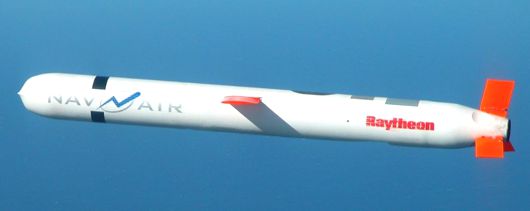

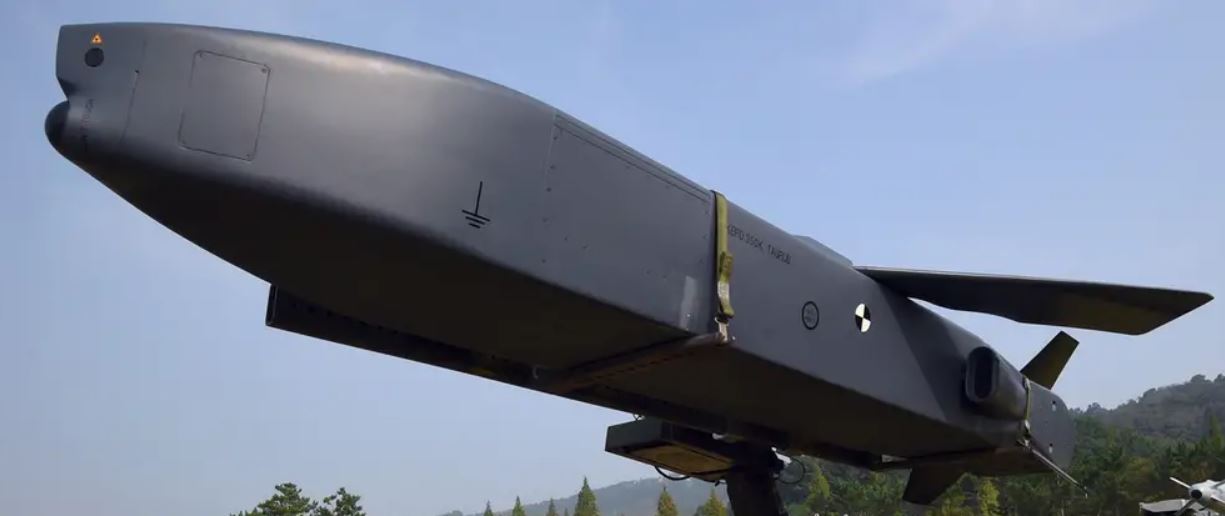
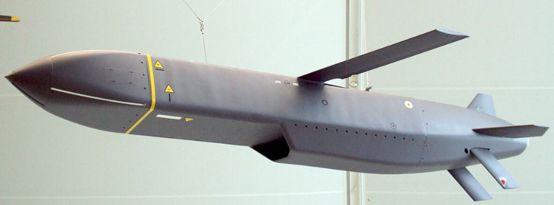
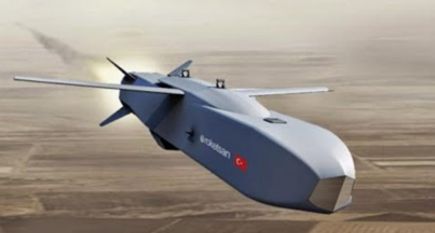 |
 |
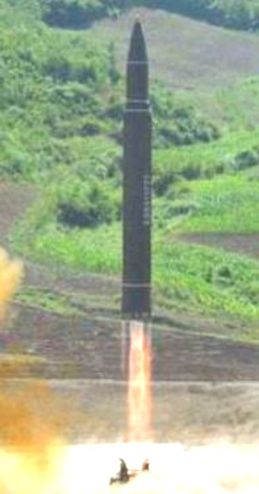 |
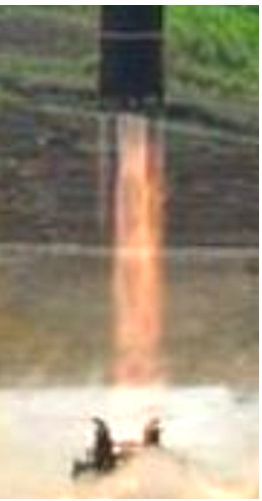 |
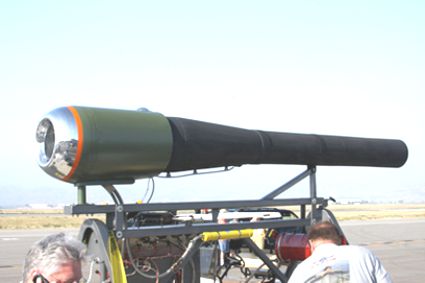 |
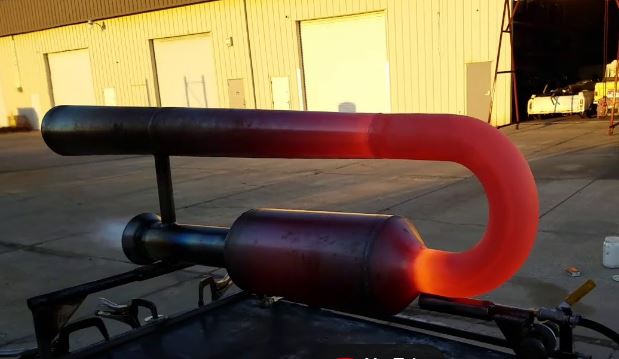 |
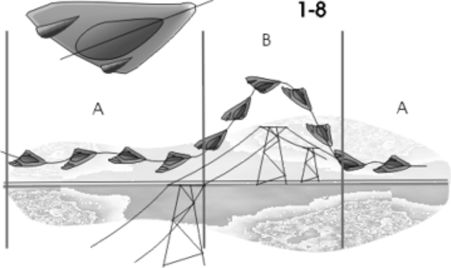 |
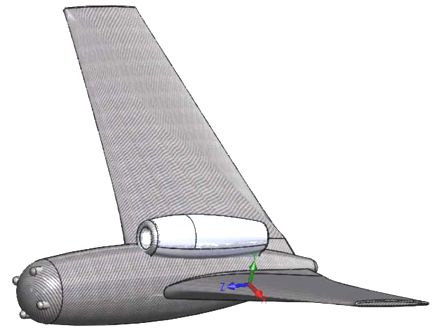 |
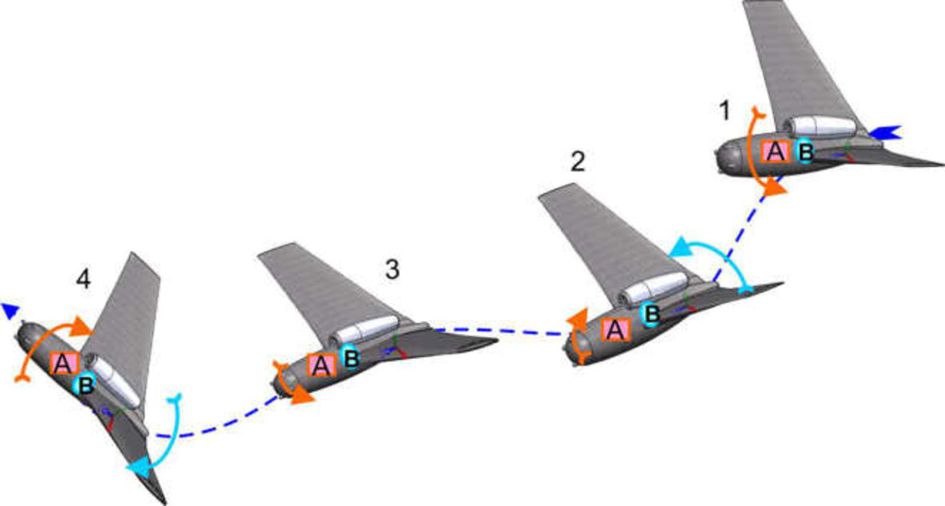
 |
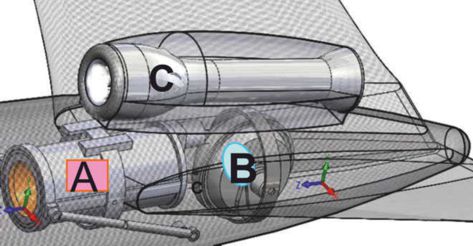 |
|
|
||
As the war in Ukraine has shown, modern warfare has become even more dependent on logistics. Moreover, the war of the logistics was won the one who was able to force the enemy to move his logistics centers as far as possible from the front line and force him to conduct supply chains from a distance more them 50-200 km from warehouses, under continuous and targeted enemy fire. | ||




 |
 |
 |
 |
 |
 |
 |
 |

 |
 |